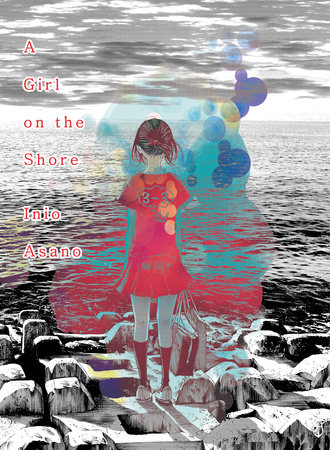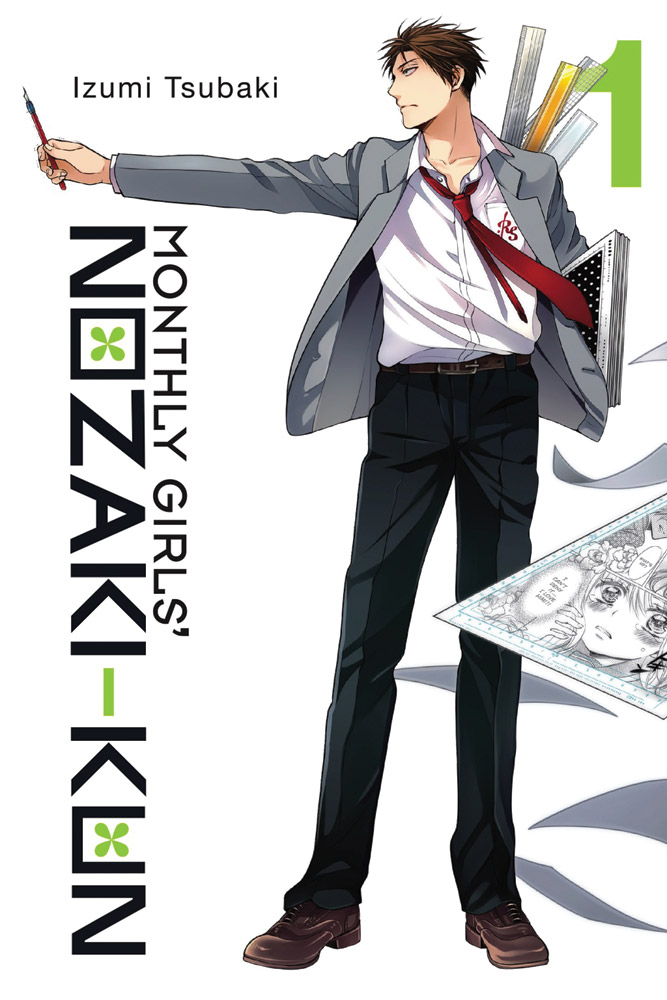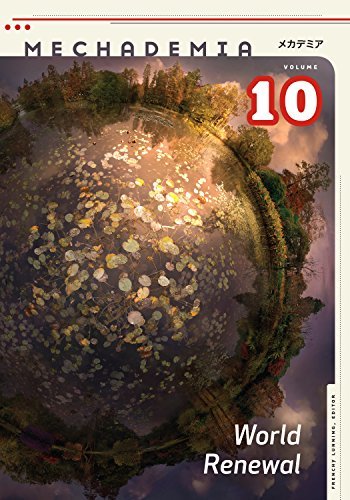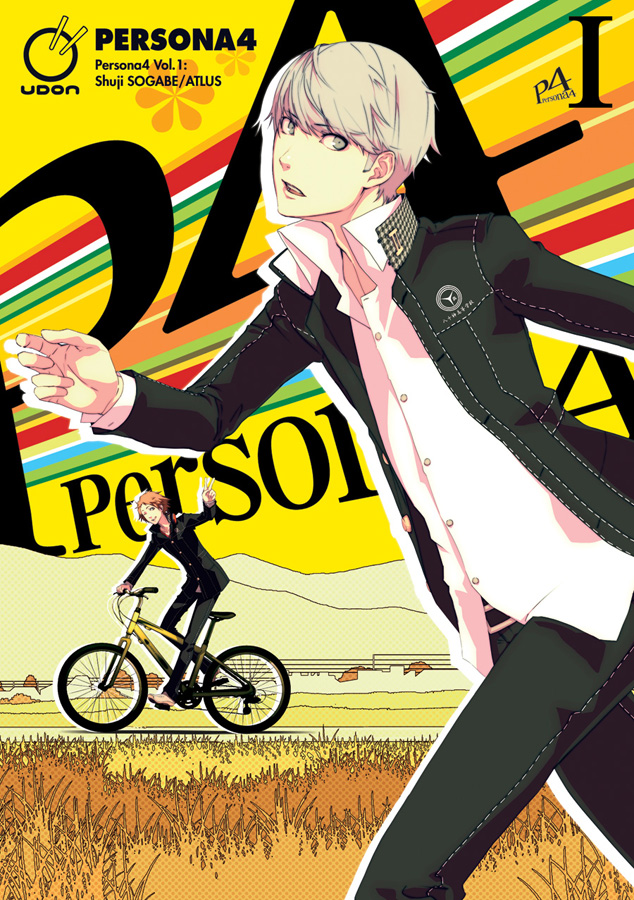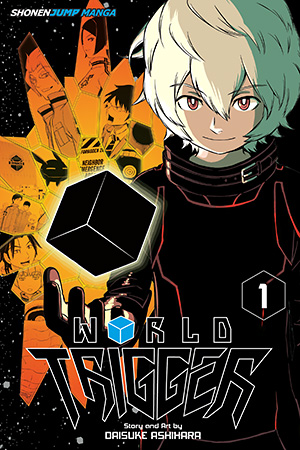Creator: Inio Asano U.S. publisher: Vertical ISBN: 9781941220856 Released: January 2016 Original release: 2011-2013 Several of Inio Asano's manga have been released in English in the …
My Week in Manga: March 7-March 13, 2016
My News and Reviews I was finally able to post February's Bookshelf Overload at Experiments in Manga last week, a few days later than I originally intended, but at least it's up. I've been …
Continue Reading about My Week in Manga: March 7-March 13, 2016 →
Mechademia, Volume 10: World Renewal
Editor: Frenchy Lunning Publisher: University of Minnesota Press ISBN: 9780816699155 Released: November 2015 Mechademia, one of the few academic journal's in English specifically devoted to the …
Continue Reading about Mechademia, Volume 10: World Renewal →
My Week in Manga: February 29-March 6, 2016
My News and Reviews Last week at Experiments in Manga, I announced the World Trigger Giveaway Winner. As usual for such announcements, the post also includes a thematic list of manga. In this case, …
Continue Reading about My Week in Manga: February 29-March 6, 2016 →
Persona 4, Volume 1
Creator: Shuji Sogabe U.S. publisher: Udon Entertainment ISBN: 9781927925577 Released: February 2016 Original release: 2009 Shin Megami Tensei is a sprawling multi-media franchise that began as …
Manga Giveaway: World Trigger Giveaway Winner
And the winner of the World Trigger manga giveaway is... Serene! As the winner, Serene will be receiving the first two volumes of Daisuke Ashihara's World Trigger as published in English by Viz …
Continue Reading about Manga Giveaway: World Trigger Giveaway Winner →
